The mindset of a teacher contributes greatly to his or her ability to see the needs of students. It you view a child through a deficit lens, the child will not be given opportunities to grow. Deficit thinking is making assumptions about a child's ability based on perceived deficits such as race, income status, or English language acquisition.

What is your definition of " Differentiation?". Ask several of you colleagues and you will likely get five different responses.
| Differentiation |
| the way a teacher responds to a student's needs so that each student is challenged at the appropriate level |
What instructional structures are in place to guarantee a responsive learning environment in your classroom?
Step 1: Preview and Pre-assess- find out what students know about a particular skill, or concept, or topic planning for instruction. Previewing provides an opportunity for students to activate background knowledge and previous learning prior to a pre-assessment so that results will be a better reflection of what they understand. This should take 5 minutes or less. Pre-assessment respects a student's time and prior knowledge. Front-ed differentiation allows for teachers to provide an opportunity for students to accelerate within the content topic at the beginning of the learning sequence.
Step 2: Curriculum Compacting- was originally developed by Joseph Renzulli and Linda Smith. This instructional strategy streamlines grade-level curriculum by eliminating content that students have previously learned. Compacting buys time for students to go deeper and wider into the content and /or accelerate to above-grade level indicators. The pre-assessment plays a major role in determining students who would benefit from curriculum compacting. Look for other behaviors in the classroom that may give you a clue that a student needs to be moved into a deeper understanding of the concepts.
- show great interest or motivation in the area of study
- finishes work early and accurately
- expresses interest in in pursuing advanced topics
- create their own diversions in class( filling their time with less productive behaviors)
Step 3: Flexible Grouping-maintaining flexible small groups across content areas is an essential component of a differentiated, growth mind set class culture. Evidence of grouping should be found in an any content area and at any grade level. It may not be an everyday occurrence at the secondary level, but it should be an important component of the class structure and used routinely.
Step 4: Management- having clear expectations are the single most important aspect of managing multiple groups in the classroom. Carol Ann Tomlinson, author of How to Differentiate Instruction in Mixed Ability Classrooms, suggests the use of anchor activities. These anchors should enrich the learning of the content being studied. They are similar to centers but are typically available for the duration of a unit of study, a quarter or semester.
Step 5 Acceleration and Enrichment- Every child deserves to learn every day. A growth mindset on the part of the teacher and the student is necessary.
| Acceleration |
| moving faster through the content, allowing students who have already mastered content or who master content quickly to move into above-grade level content |
| Enrichment |
| learning with greater depth and breadth;going deep and wide into the content |
Whether acceleration/an or enrichment occur, it is important to look carefully at instructional experiences to make sure they are laden with opportunities to think critically.
Step 6 Formative Assessment-formative assessment, or checking for understanding, is non-negotiable in a responsive, growth mindset classroom. It is a reflective tool for a teacher to keep groups fluid and flexible. Formative assessment improves teaching and learning, and it allows growth for all students.
Step 7 Summative Assessment-the assessment must match the learning that has taken place for each group or, in some cases, an individual student. Grades should be based on mastery of the content that was tailored to the student.
Mindsets in the Classroom
Provide opportunities for students to be challenged from the beginning. Be responsive 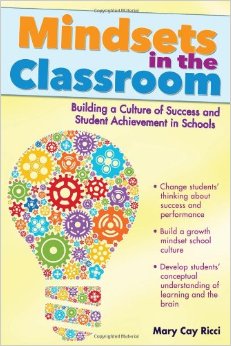 to their needs and the potential of all they can accomplish. With practice, effort, motivation, and yes a growth mindset, differentiated, responsive instruction can become the heart of instruction. Responding to the needs of all learners is a responsibility that we all have as educators.
to their needs and the potential of all they can accomplish. With practice, effort, motivation, and yes a growth mindset, differentiated, responsive instruction can become the heart of instruction. Responding to the needs of all learners is a responsibility that we all have as educators.
The next chapter in Mindsets in the Classroom, will look at why critical thinking is so important in a growth mindset class culture.
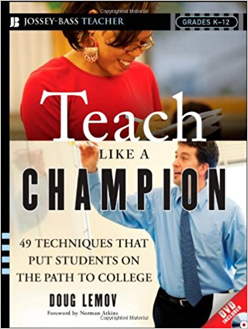 Doug Lemov calls his strategies techniques. He believes that a technique is an action, the more you practice the better you get. “My task has not been to invent the tools but to describe how others use them and what makes them work. This has meant putting the names on the techniques in the interest of helping to create a common vocabulary with which to analyze and discuss the classroom.”
Doug Lemov calls his strategies techniques. He believes that a technique is an action, the more you practice the better you get. “My task has not been to invent the tools but to describe how others use them and what makes them work. This has meant putting the names on the techniques in the interest of helping to create a common vocabulary with which to analyze and discuss the classroom.”

 Design a Successful Start
Design a Successful Start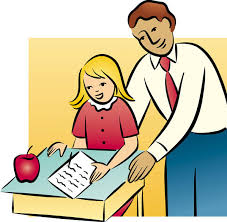


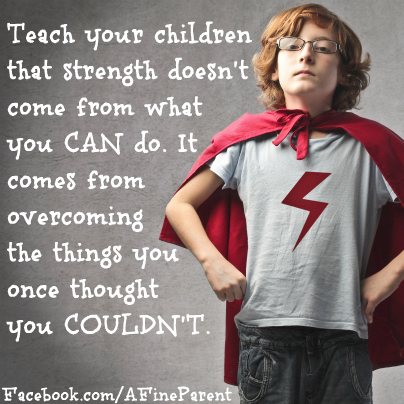
 The end of the year for new teachers brings with it many feelings of excitement and apprehension. As mentor's working with our faculty we can help build a knowledge base by informing and reminding our teachers of the following items:
The end of the year for new teachers brings with it many feelings of excitement and apprehension. As mentor's working with our faculty we can help build a knowledge base by informing and reminding our teachers of the following items: Who amongst your colleagues was the most helpful to you?
Who amongst your colleagues was the most helpful to you?
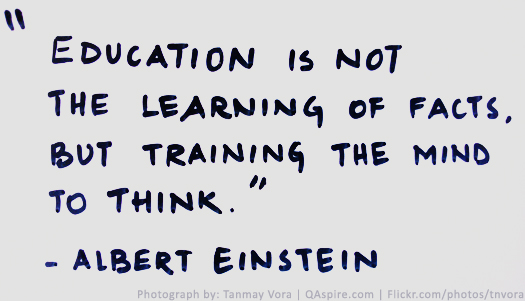
 Teachers online share the joys of teaching. It is those small moments with students that give us JOY!
Teachers online share the joys of teaching. It is those small moments with students that give us JOY!